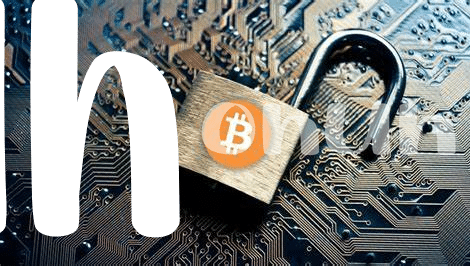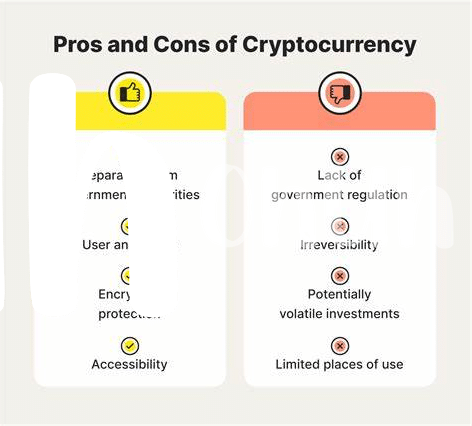🗝️ Unlocking the Basics of Multi-signature Wallets

Imagine you have a safe that needs more than one key to open. This is the essence of multi-signature, or “multi-sig,” wallets, a fantastic tool for adding another layer of protection to your Bitcoin. Unlike traditional wallets, which require just a single key to make transactions, multi-sig wallets need two or more keys to agree before any Bitcoin can be spent. This system works quite like getting a consensus from a group before making a decision, ensuring that no single person can take control of the funds without the others’ consent. It’s particularly handy for teams or families who want to manage their Bitcoin together, securely. Multi-sig technology uses a simple principle: “M-of-N” signatures are required for transactions, where “M” represents the minimum number of signatures needed to approve a transaction, and “N” is the total number of keys involved. See the table below for a basic example:
| Wallet Type | Total Keys (N) | Required Signatures (M) |
|---|---|---|
| 2-of-3 | 3 | 2 |
| 3-of-5 | 5 | 3 |
This method doesn’t just spread the authority across multiple keys; it drastically reduces the chances of unauthorized access, making it a brilliant option for anyone looking to boost their Bitcoin security.
🔒 How Multi-signature Wallets Enhance Bitcoin Security
In the world of Bitcoin, keeping your digital coins safe is a top priority. Imagine a vault that needs more than one key to open. This is the basic idea behind multi-signature wallets, which bring an extra layer of security to your Bitcoin. Rather than relying on a single key, these wallets require approval from multiple parties before a transaction can go through. It’s like having a team of guards, each holding a piece of the puzzle to unlock your treasures. This method not only guards against external threats but also adds a safety net in case one key is lost or stolen. In a world where digital security is constantly challenged, multi-signature wallets stand as vigilant protectors, ensuring that your Bitcoin remains safe and sound. For a deeper dive into how digital currencies are influencing global economies and their comparison to traditional fiat currencies, take a look at this insightful article.
🛠️ Setting up Your First Multi-signature Wallet

Starting with a multi-signature wallet might sound like a dive into the deep end, but it’s more like setting up a safety net for your digital coins. Think of it as creating a treasure chest where more than one key is needed to open it. First, you’ll choose a wallet that supports multi-signature – think of this as picking the best lock for your treasure chest. Next, decide how many keys or signatures you want to use – this is like deciding how many trusted friends should have a key to the chest. The process involves generating these keys and deciding the “magic number” of signatures required to unlock your funds. It’s a bit like setting ground rules for a team project, where everyone knows what they’re responsible for. This setup process is your first step into a world where losing one key doesn’t mean losing everything – a true blend of teamwork and technology for keeping your Bitcoin safe.
🚀 Real-life Uses: Beyond Just Holding Bitcoin

Multi-signature wallets are not just for safely stashing away your Bitcoin; they’re a doorway to a plethora of possibilities across various industries. Think of it as having multiple keys for a treasure chest. In the business world, this means enhanced security for partnerships since transactions require more than one key holder’s approval, effectively adding a layer of consensus to financial dealings. Beyond businesses, these wallets are instrumental in the realm of crowdfunding. Here, multiple stakeholders can manage funds collectively, ensuring transparency and trust throughout the fundraising process. It’s like having several trustworthy friends holding onto a piggy bank, making sure no one can access the funds without collective agreement.
In addition to the varied applications in business transactions and fundraising, multi-signature wallets serve a critical role in inheritance planning. They ensure that family wealth, particularly in Bitcoin, can be passed down securely and without the usual legal entanglements. For those looking to stay updated on how these practices might evolve, especially with changes in Bitcoin regulation, bitcoin regulation updates explained offers a wealth of information. The possibilities extend far beyond the norm, creating new paradigms for security, trust, and efficiency in how we manage and transact digital assets. Multi-signature wallets, thereby, are not just a tool for security but a building block for innovation in digital finance.
🤝 the Role of Trust in Multi-signature Transactions
When we talk about keeping our bitcoin safe, it’s not just about locks and keys in the traditional sense. It’s more about who holds these keys. Imagine a treasure chest that requires three different keys to open. You wouldn’t give all three keys to just one person, right? This is essentially what happens in the world of multi-signature transactions. It’s all about spreading trust among several parties. For instance, in a business setup, this could mean that for any transaction to go through, not just one person, but perhaps three out of five designated people need to agree and use their ‘digital keys’. This way, the responsibility and power are balanced, making it much harder for funds to be misused or stolen.
Trust plays a crucial role here because it ensures that no single point of failure can compromise the security of bitcoin. However, trust doesn’t just exist; it needs to be built. Below is a simple table showing how trust levels can affect the setup of a multi-signature wallet:
| Number of Signatories | Trust Level | Difficulty in Coordination |
|---|---|---|
| 2 of 3 | Moderate | Low |
| 3 of 5 | High | Medium |
| 4 of 7 | Very High | High |
As you can see, the more signatories required, the higher the level of trust needed among participants. But it also makes coordinating much more complex. Balancing trust and efficiency is key in setting up a system that is both secure and functional. This concept isn’t just about safeguarding assets; it’s a new approach to collective decision-making and responsibility in the digital age.
🧩 Overcoming Challenges with Multi-signature Wallets

Every good thing comes with its set of challenges, and multi-signature wallets are no exception. Think of it like learning to ride a bike with extra safety gears. Initially, setting up can seem complex, and the additional steps required for transactions might feel like a bit of a hassle. Understanding the technical nitty-gritty can be daunting for new users, making it tempting to stick with simpler methods. However, just like mastering a bicycle takes time and effort, getting the hang of multi-signature wallets is truly worth it for the added security and peace of mind they offer. Plus, with the rise of user-friendly tools and guides, jumping over these hurdles is becoming easier by the day.
On the other hand, the pros greatly outweigh the cons. For instance, the need for consensus in transactions actually fosters trust among parties, ensuring that no single person can unilaterally make decisions. This is particularly helpful in business operations or joint investments in Bitcoin. To better understand why this extra layer of security might be necessary, it helps to compare Bitcoin with traditional money. For a more in-depth comparison, you can explore how Bitcoin stacks up against fiat currencies, particularly focusing on the bitcoin versus fiat currency explained. Through this, it becomes clear why embracing the initial challenges of multi-signature wallets can lead to a safer and more secure digital currency experience.
